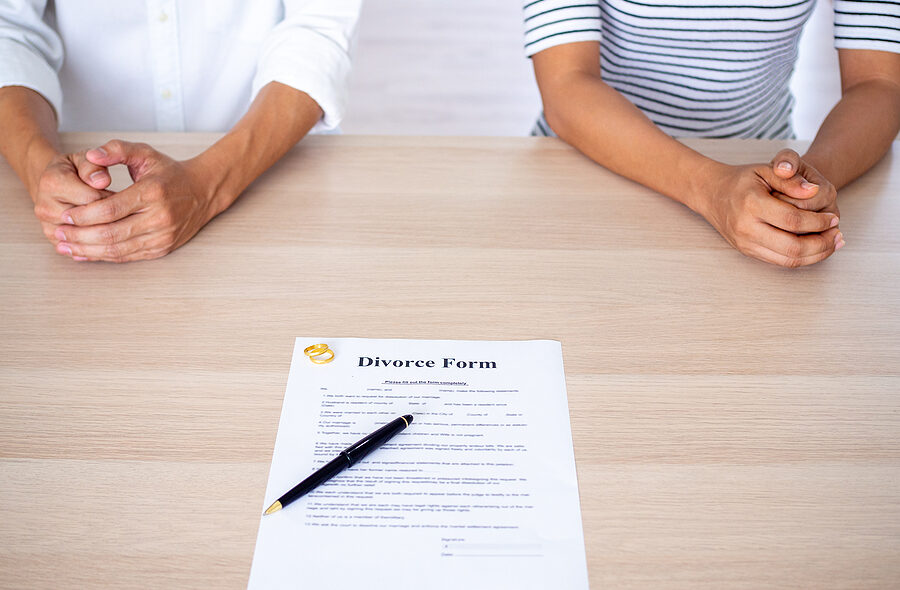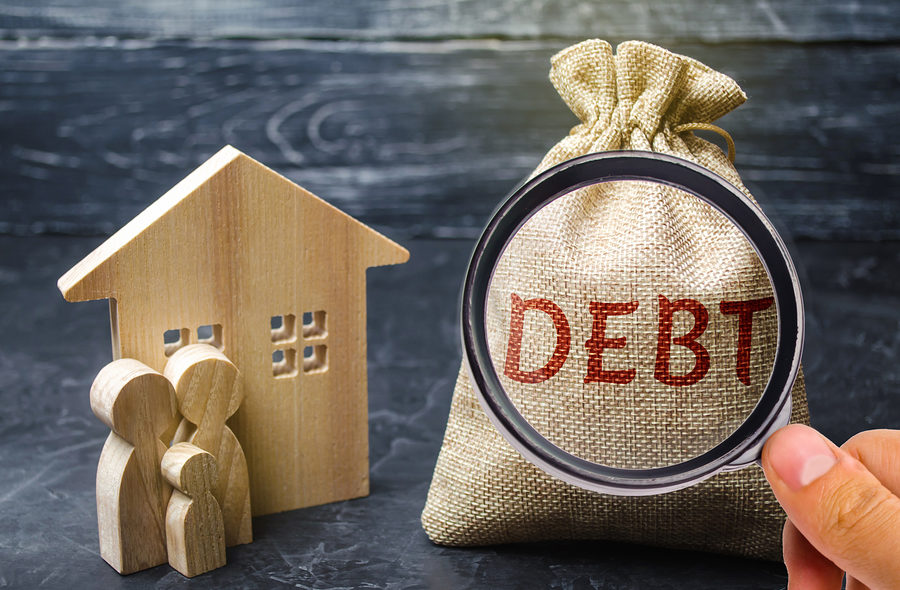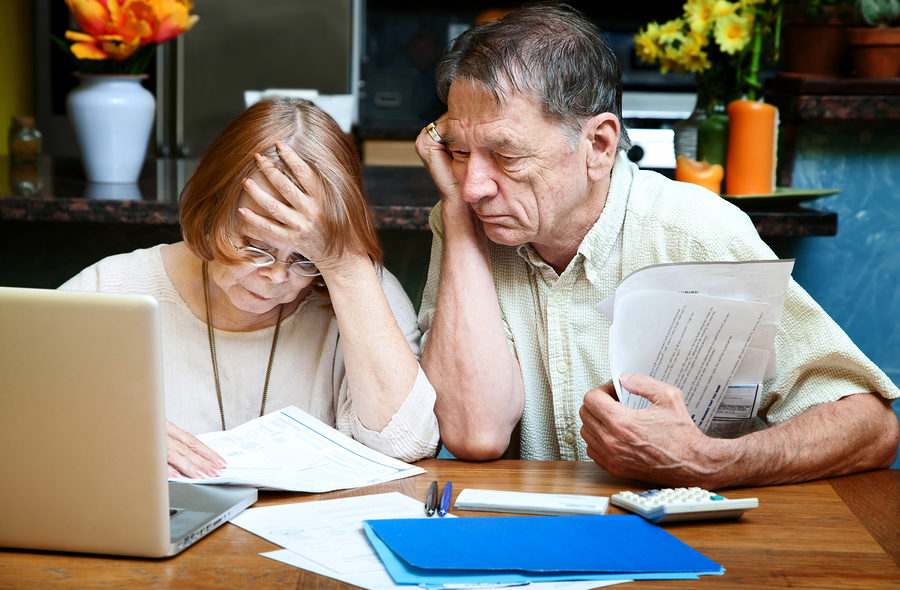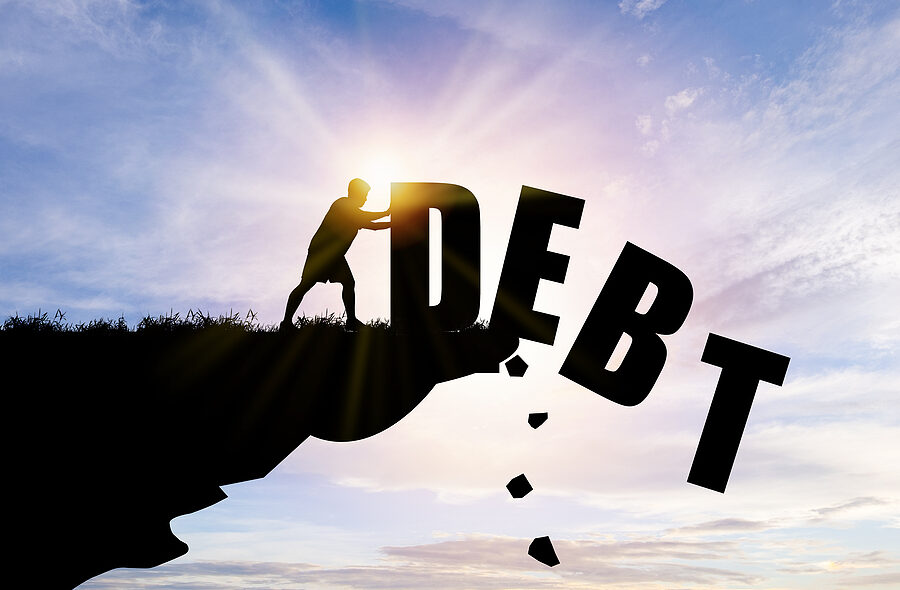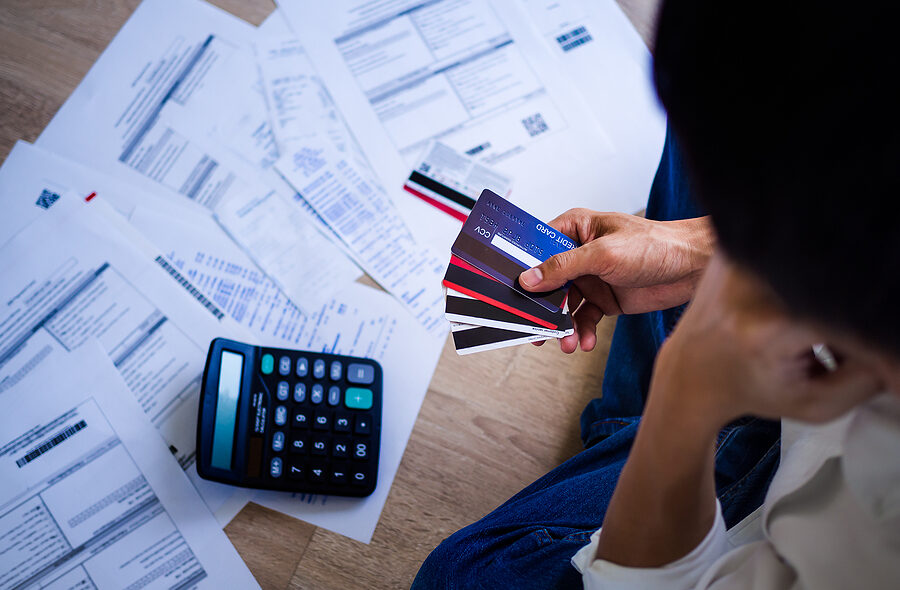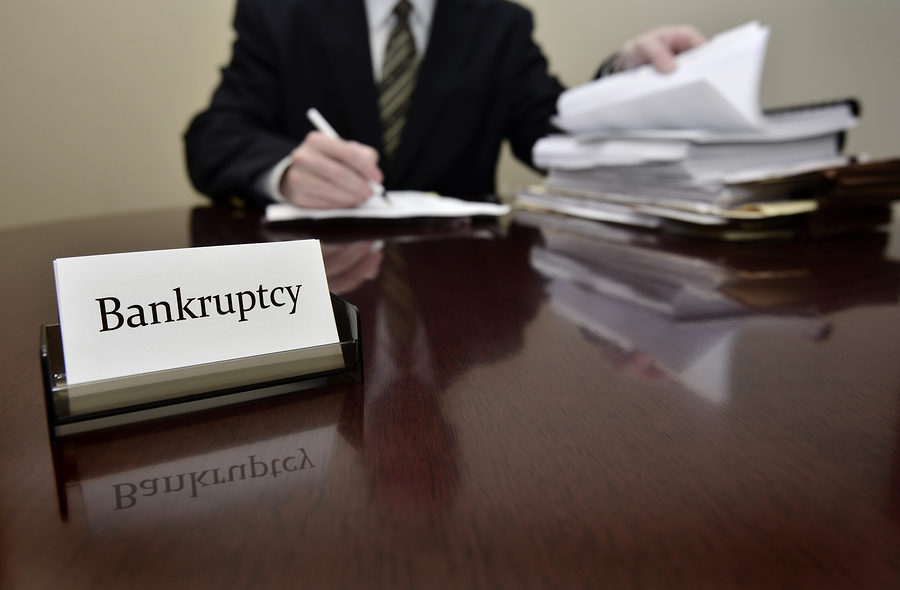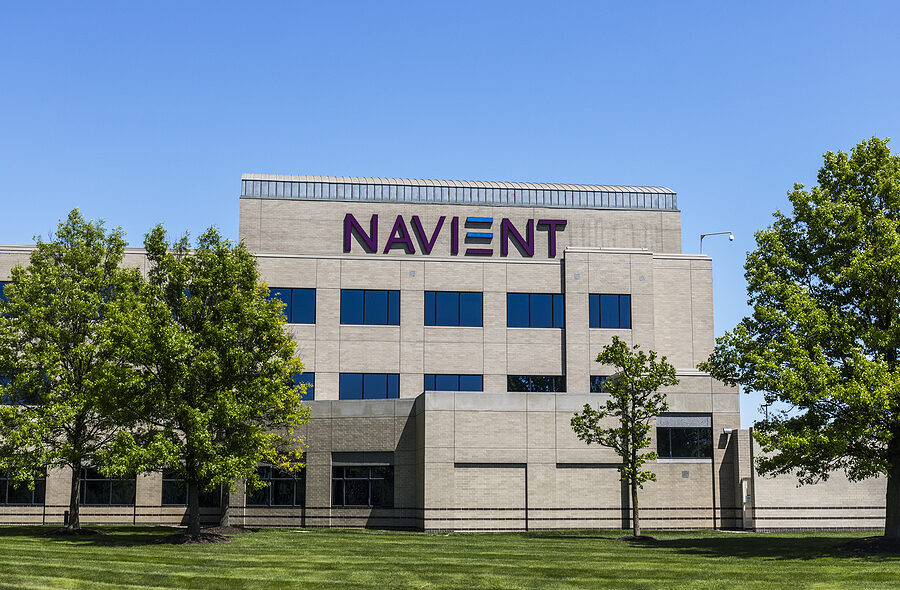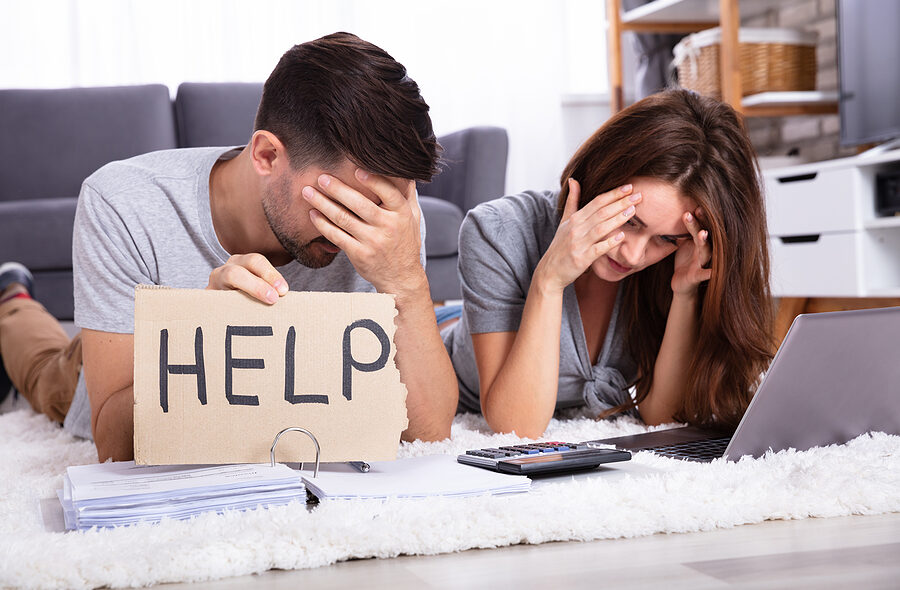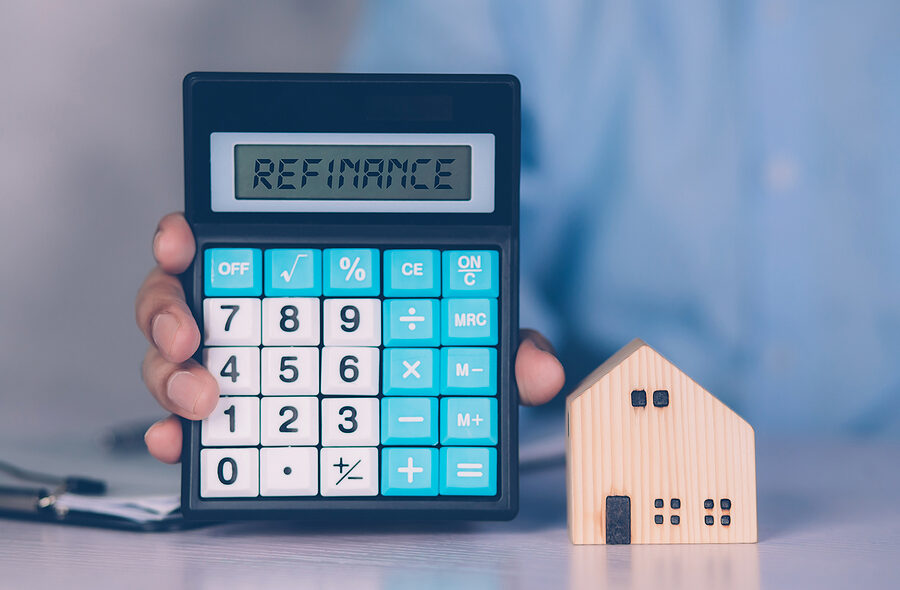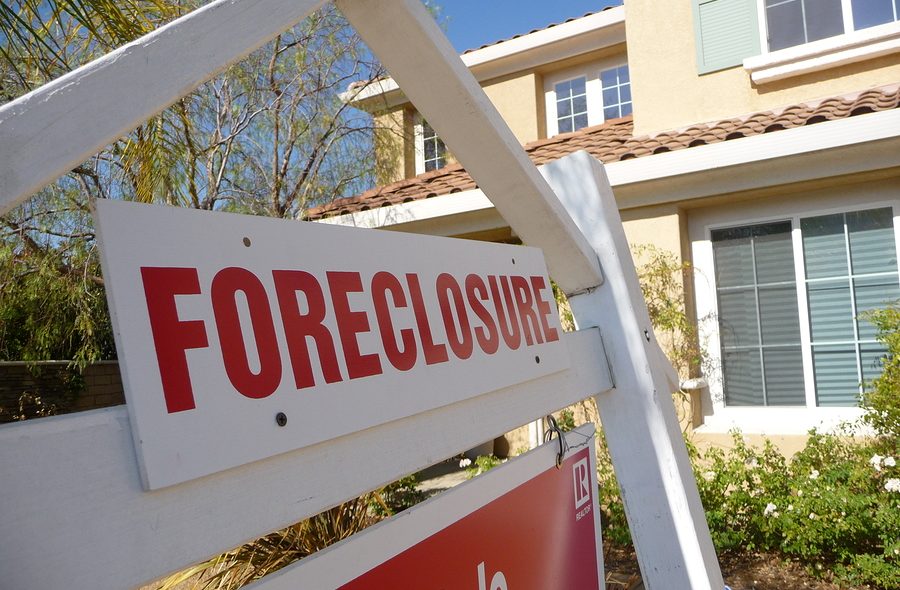In a divorce, the married parties end up dividing assets accumulated during their marriage. Most people going through a divorce worry about dividing up their property and other assets. However, dividing up debt is just as important- if not more. This is of particular importance if the spouses do not have many assets.
A divorce judgment is where the court divides up the couple’s assets, as well as their debts. Part of this order involves determining which spouse is responsible for which debts. Normally, debts are divided equally between the parties, but that is not always the case when one spouse earns significantly more than the other or where one spouse is receiving more property that has debt connected to it than the other spouse.

